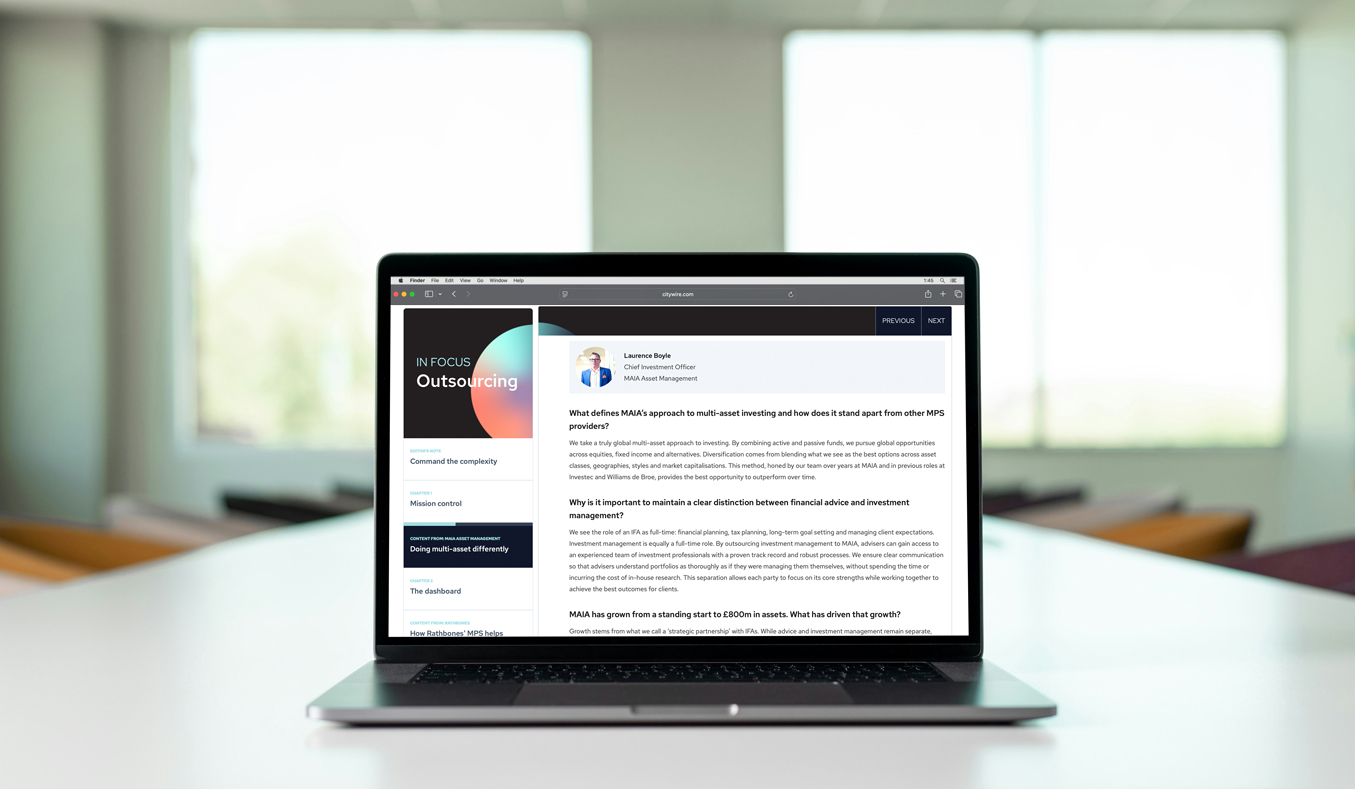One quarter – Two ends of the volatility spectrum.

January – A good start to the year.
The start of the quarter was positive for investors. Markets were pricing in the prospects of lower inflation with interest rate rises slowing. Both the UK and Europe avoided falling into recession and the issues arising from higher inflation were starting to reduce. Supply chain inefficiencies continued to reduce, with gas prices falling. This all painted a more positive picture for the global economy than many had predicted moving into the new year.
Alongside this, China resumed its reopening following the lengthy lockdowns that were in place due to the COVID-19 pandemic. This provided an increase to global consumption, as well as helping to further reduce supply chain issues, which gave a boost to the global economy.
Gains were made across many asset classes as investors priced in the constructive data releases and the hope that the impending slowdown would be far less severe than first predicted.
February – An increase in volatility.
As we moved through the quarter, risk sentiment started to change in markets. Inflation numbers released showed that costs of goods and services were stickier than first hoped. Positive economic data announcements started to spook the markets into thinking that central banks would have to raise interest rates further than what was priced in.
This led to a rise in bond yields, which fed through to put pressure on asset prices. As the risk-free rate increased, the potential future return for assets would be lower which therefore led to tension in markets.
March – Banking collapse drives sentiment lower.
As we entered March, central banks took a back seat as the global banking sector took centre stage. Many economists (including the central banks themselves) have stated over the past year that the impact of interest rate rises would work with a lagged effect and there could be negative fallout to economies from having to raise interest rates so frequently in such a small amount of time.
One of these risks emerged during March as Silicon Valley Bank (SVB) in the US went under after a bank run on their deposits. To match the deposits that were leaving on mass, the bank had to sell their collateral bonds at below par prices. This led to huge losses on the banks’ balance sheet, which forced the bank into filing for liquidation and the US regulators having to step in.
SVB has now been bought out by another regional bank in the US, with the UK arm of SVB being bought out by HSBC. This, along with other lines of liquidity introduced by central banks and banking regulators, provided some clarity on the matter. This stopped the contagion becoming too widespread across the sector, however, markets continued to be volatile.
This volatility was exacerbated further by other US regional banks coming under pressure and then Credit Suisse took over the spotlight.
Following the collapse of SVB, Credit Suisse added to its list of woes when its largest shareholder, the Saudi National Bank, declined to provide any additional capital to Credit Suisse after investors started to get worried about its deposit outflows.
The risks for the banking sector are far greater when a bank the size of Credit Suisse comes under pressure and so markets again moved very quickly on the news. Investors flooded to safe-haven assets with financial equities and other more cyclical based investments coming under pressure.
With the risks to Credit Suisse increasing rapidly, the Swiss banking regulator and central bank worked extremely quickly to facilitate a deal with its rival UBS. They bought the troubled bank for a huge discount whilst also removing certain creditors out of the deal that was put together.
This provided a backstop to contagion risk, especially in European financials which led to a reduction in volatility as we moved towards the end of the quarter.
Focus then shifted swiftly on to the central bank meetings at the end of March to see if the issues in the banking space would reverse their comments from February and stop them from hiking interest rates further. There was acknowledgement that risks remain in the banking sector, but that contagion was limited. All the central banks continued to focus on inflation as their number 1 priority. Interest rate hikes were undertaken by the Federal Reserve, Bank of England, and European Central Bank during March.
Has this led to any changes in our portfolios or views for asset allocation in the future?
Over the quarter, the team have had regular meetings with the managers of the funds we hold, to make sure the funds continue to behave as we expect. We are happy with how the portfolios are currently positioned for now and the near future. The underlying managers, especially within the active space, are utilising the heightened volatility in markets to add to holdings they believe were sold off indiscriminately and should outperform over time.
From an allocation perspective, we continue to see the benefits of having a value style bias. Even with the recent weakness in financials, which are a key component of the value theme, the opportunity for value style equities to outperform is still present.
We continue to be defensive within our fixed income allocation and hold shorter duration bond funds. This is due to the on-going uncertainty of central bank rate rises in the near future. Alongside this, we continue to utilise alternative holdings, such as Defined Returns and Infrastructure, to increase our portfolio’s diversification.
The team have also been busy identifying opportunities for the future that the recent changing economic backdrop has made more attractive for long term investors. One such area is increasing our allocation to Emerging Markets (EM). We have been underweight EM due to the issues in China, the strong US dollar and the impact that rising interest rates has on EM economies. We have not quite reached the time to increase our allocation in EM, but we see opportunity in the future for EM with the changes that are currently occurring in the global economy.
This website is aimed at Independent Financial Advisers, please tick the box to confirm that you are an IFA before entering the website.








